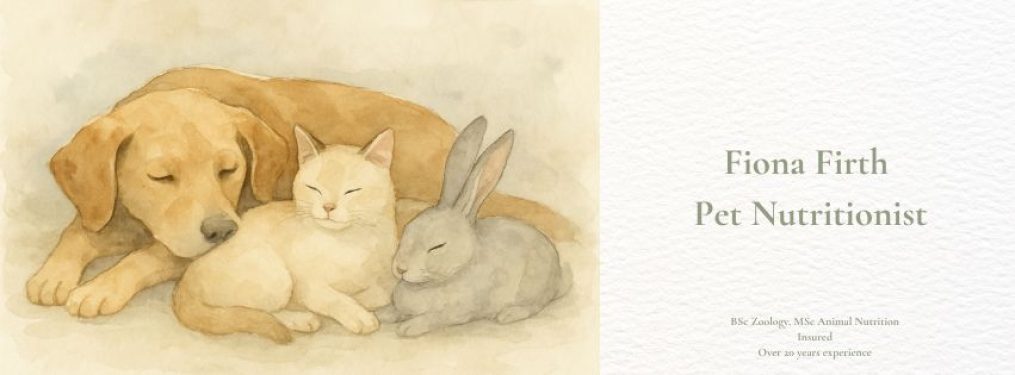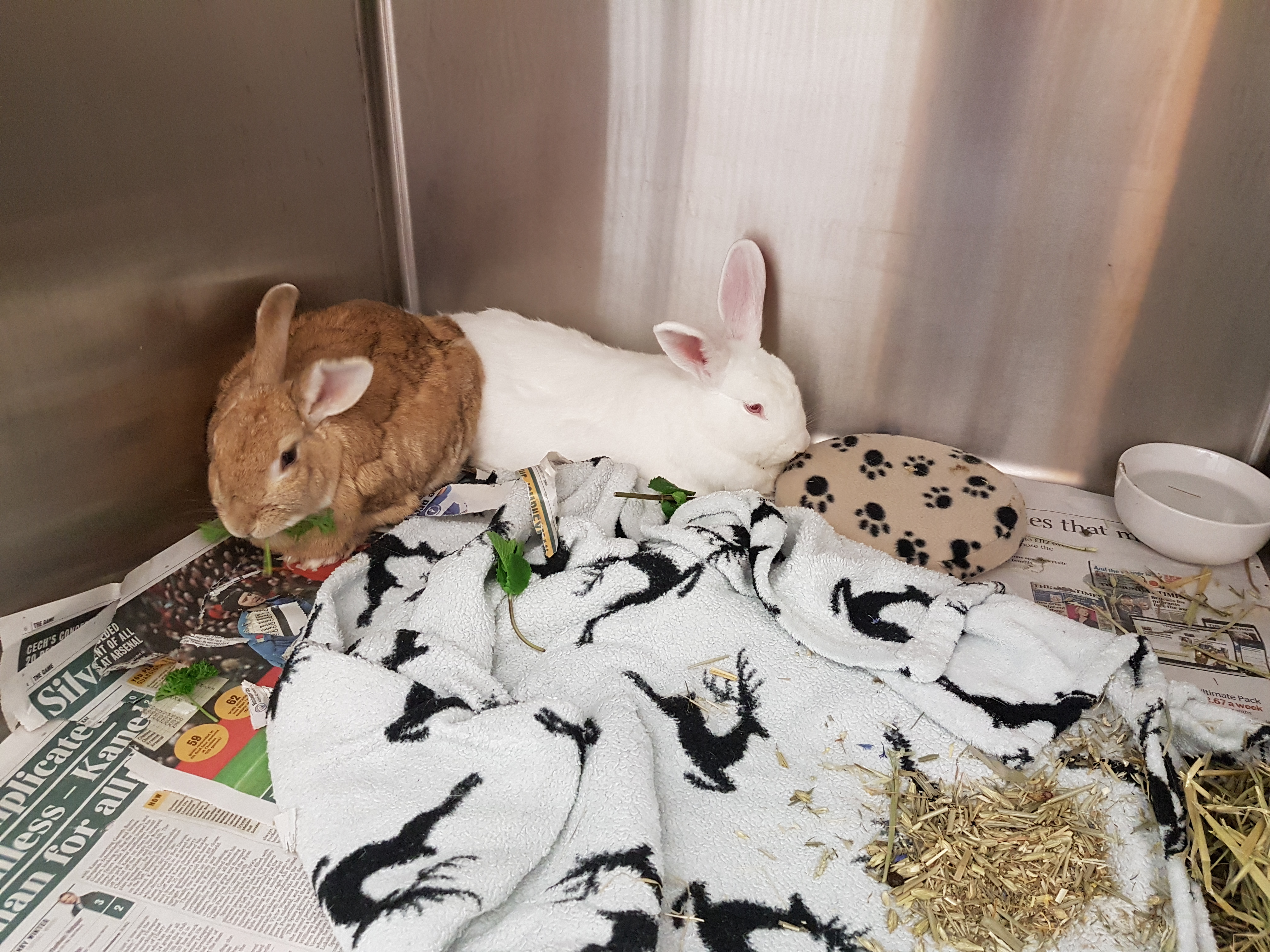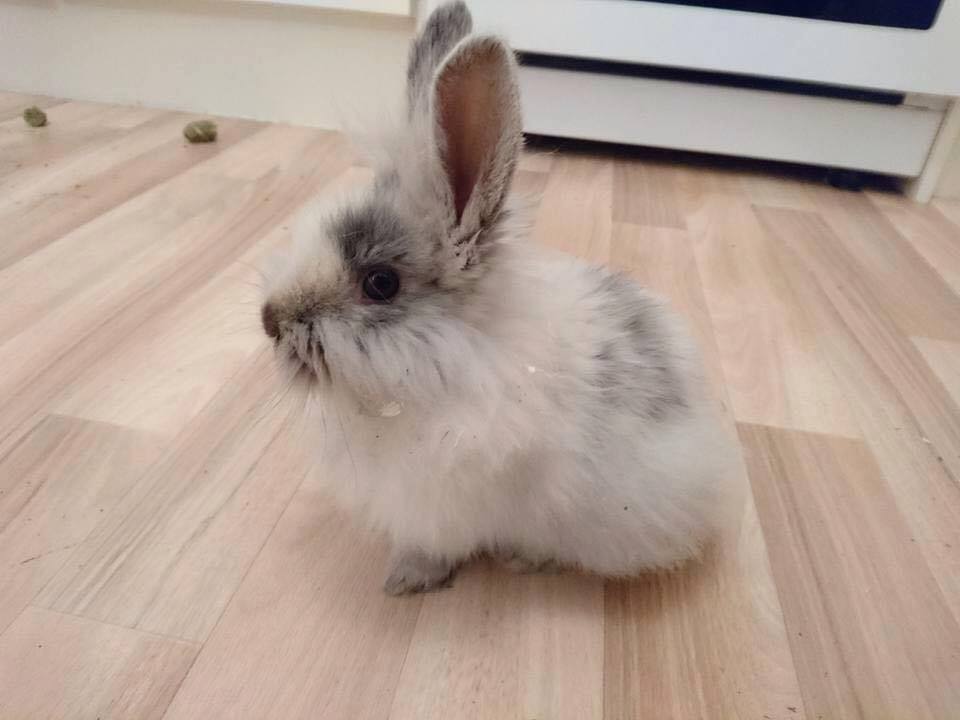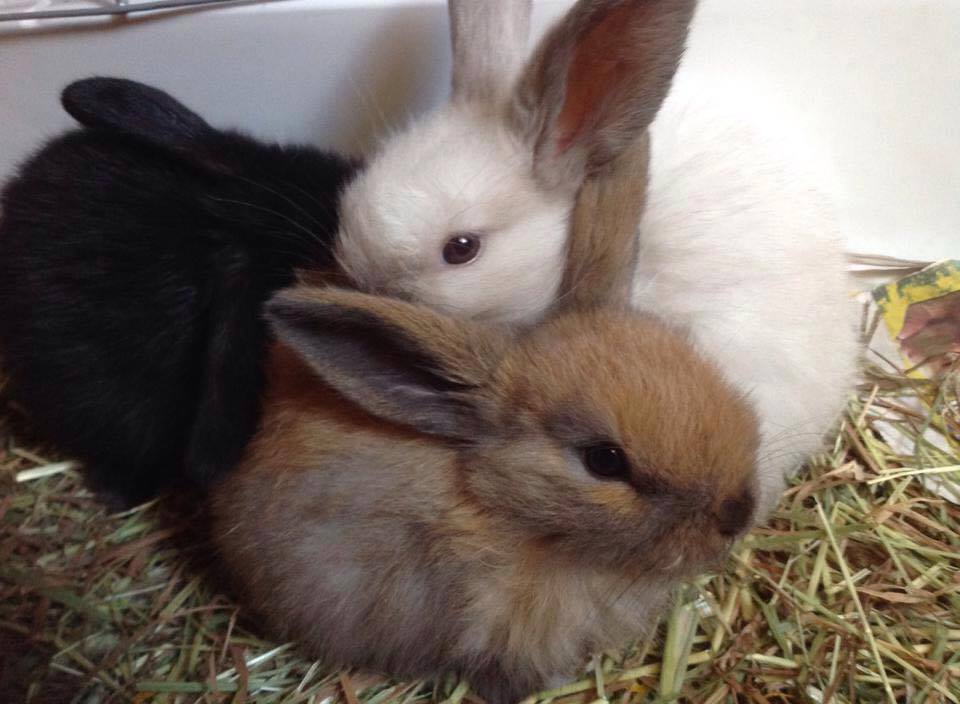These days, it seems like everyone has or knows of a pet that has a food allergy, but how common are they?
When pets react badly to a food, it may not be caused by a food allergy. This is why the term adverse food reaction or AFR is more accurate.
There are many reasons a dog or cat may react to food. Some of those reactions involve the immune system (immunological reactions) and some reactions involve different mechanisms and do not involve the immune system (Non-immunological reactions).
As you can see by this diagram, there are several different types of reactions to food in dogs and cats. A food allergy is only a small part.

Adverse food reaction symptoms
Dogs and cats may react adversely to food by showing signs of skin disease or gastrointestinal (GI) upset (or both). Food allergies are more likely to affect your pet’s skin than digestive system. Neurological signs of a food allergy have also been suggested. Spike’s disease, now better known as Canine epileptoid cramping syndrome (CECS) has been potentially linked to a gluten allergy (Lowrie, 2015).
Dogs with a food related skin condition usually have itchy feet, ears and abdomen, whereas in cats it most commonly causes irritation around the head, face and neck. (Olivry and Mueller, 2019). In dogs, sometimes recurring ear irritation is the only symptom.
Common digestive signs include flatulence, soft stools, diarrhoea and/or vomiting.
Unfortunately, food allergies and food intolerances can have very similar symptoms, so it is impossible to tell which one your pet is suffering from.
How common is a food allergy?
Only 5% of skin conditions in dogs and cats are caused by an adverse food reaction (Olivry and Mueller, 2017). It is likely that the majority of this 5% have true food allergies (Olivry & Bexley, 2018). However, 5% is a low figure, more common causes of skin disease include atopy or parasites e.g. flea allergy dermatitis.
Reports of food allergies causing gastrointestinal disease (without skin problems) are rare. However, concurrent skin and GI symptoms as a result of an AFR can be seen in 20% of dogs and cats (Mueller & Olivry, 2018).
What are the main allergens that dogs and cats react to?
A 2016 review (Mueller et al, 2016) of several studies on skin disease as a result of an adverse food reaction showed that the most common AFRs in dogs are to beef, wheat, dairy, chicken and lamb. In cats, beef, fish and chicken were most common.
Prior to this, a review of fifteen studies, representing 278 dogs with skin lesions associated with AFRs and ten studies, representing 56 cats with skin/GI disorders associated with AFRs showed that the most common allergens in dogs were beef, cow’s milk and wheat and in cats; beef, dairy products and fish (Hand et al, 2010).
Therefore, apart from wheat, grain allergies are not commonly associated with food allergies in cats and dogs. A wheat-gluten enteropathy has been identified in Irish Setters and is suspected in other breeds.
Food allergies: How does the body respond?
An allergen is a substance that triggers an allergic reaction. In the case of food allergies, the allergen is usually the protein in the food item. An allergy occurs after the immune system mistakes the allergen for something harmful. The immune system then triggers the release of chemicals to fight off the invader and it is this reaction that causes symptoms. The first time your pet eats the allergen, he or she will not react. However, the next time they eat the food item the body will remember the ‘invader’ and send out chemicals to fight it. This is different to an intolerance, as a food intolerance can start the very first time your pet eats something.
Allergy tests
Intradermal (skin) or blood tests are available to test for food allergies. However, neither of them are reliable (there are too many references about unreliability to list here!) and the gold standard test for determining a food allergy is an elimination diet.
Allergy testing using a sample of blood works by measuring the amount of allergen specific anti-bodies in the blood. As a food intolerance/sensitivity does not involve the immune system, there will be no anti-bodies to measure. Therefore, your pet could be intolerant to dairy but not allergic to dairy products and the allergy test would come back negative. False positives can also occur. A false positive is when the results say your dog or cat has an allergy, but they do not.
There are a few companies that are diagnosing allergies in dogs by testing samples of their fur or saliva. The benefit of this is that it is often a lot cheaper than a blood test or skin scrape from your vet. However, when examined, two companies could not tell the difference between samples of saliva from allergic and non-allergic dogs and samples of real and fake dog fur (Coyner & Schick, 2019, Bernstein et al, 2019).
Elimination diets & Novel ingredients
An elimination diet or feeding trial is the only way to accurately determine if your pet has an adverse food reaction.
This involves cutting EVERYTHING out of your pet’s diet apart from a very limited range of ingredients for 4-6 weeks. This means, no treats, no table scraps, no tit-bits, no other brands or varieties of food. All family members and neighbours need to agree. You must feed only the food allowed in the diet trial.
Ideally, your vet will either recommend a home prepared diet or a commercial limited ingredient diet (one with only a few ingredients, as it is easier to determine what your pet is reacting to if you keep the diet simple). These diets usually consist of novel ingredients. A novel ingredient is one your dog or cat has not eaten before. If you think back to the part above about allergies…your pet cannot have developed an allergic reaction to something they have never eaten. This is why ingredients such as venison or rabbit may be used as they are not common ingredients.
Once your pet is on this food, they must only eat this and nothing else for the time stipulated by your vet. If the condition improves then it is likely there was something in the previous diet that was causing a problem. In order to be sure, it is recommended that the suspected food items are reintroduced one at a time to see if they trigger a response. Although many owners don’t wish to do this once their pet is well again.
If there is no improvement after the elimination diet, there could be a few reasons for this:
- The condition is not caused by an adverse food reaction
- The pet ate something it wasn’t supposed to during the trial
- The pet is intolerant to one of the food ingredients in the elimination diet
Hypoallergenic diets
Hypoallergenic is a term that was originally used by the cosmetics industry. It basically means that the make-up or in this case, food is less likely to trigger an allergic reaction. However, this does not mean it is impossible. Hypoallergenic diets usually avoid using ingredients that are commonly known to be food allergens e.g. beef, wheat and dairy. However, this is not going to help your dog or cat if they are allergic or intolerant to something other than beef, wheat or dairy. You could be feeding a hypoallergenic chicken and rice diet, but if your dog is allergic to chicken he will react negatively to this food.
Grain Free diets
As discussed above, allergies to grains (excluding wheat) are rarely documented. Allergies are triggered by proteins and therefore meat/fish is more likely to be the culprit. If a gluten allergy is suspected, there are a choice of gluten free grains available including rice, sorghum, maize (corn) and millet.
A last word on fat and fibre levels
This is especially important when it comes to gastrointestinal problems. Don’t assume that vomiting, diarrhoea or flatulence is always caused by a reaction to a particular ingredient. Diets excessively high in fat can cause a delay in gastric emptying from the stomach, the wrong level of fibre (too much or too little), an incorrect balance of soluble to insoluble fibre and over-indulgence can all cause digestive problems. In these instances, trial and error using diets with different nutrient levels may be necessary.
References:
Bernstein, Tater, Bicalho, Rishniw. Hair and saliva analysis fails to accurately identify atopic dogs or differentiate real and fake samples. Vet Dermatol. 2019 Jan 24.
Coyner K, Schick A. Hair and saliva test fails to identify allergies in dogs. J Small Anim Pract. 2019;60(2):121–125.
Hand, S, Thatcher, CD, Remillard, RL (eds). Small animal clinical nutrition. 5th ed. Topeka, KS: Mark Morris Institute, 2010, p614.
Lowrie, M., Garden, O.A., Hadjivassiliou M, Harvey R.J, Sanders, D.S, Powell R, Garosi, L. (2015) The Clinical and Serological Effect of a Gluten-Free Diet in Border Terriers with Epileptoid Cramping Syndrome. Journal of Veterinary Internal Medicine, 29 (6). pp. 1564-1568.
Mueller RS, Olivry T. Critically appraised topic on adverse food reactions of companion animals (6): prevalence of noncutaneous manifestations of adverse food reactions in dogs and cats. BMC Vet Res. 2018;14(1):341.
Mueller RS, Oliry T and Prélaud P (2016). Critically appraised topic on adverse food reactions of companion animals (2): common food allergen sources in dogs and cats, BMC Vet Res 12: 9.
Olivry, T., Bexley, J. Cornstarch is less allergenic than corn flour in dogs and cats previously sensitized to corn. BMC Vet Res 14, 207 (2018).
Olivry, T., Mueller, R.S. Critically appraised topic on adverse food reactions of companion animals (7): signalment and cutaneous manifestations of dogs and cats with adverse food reactions. BMC Vet Res 15, 140 (2019).















